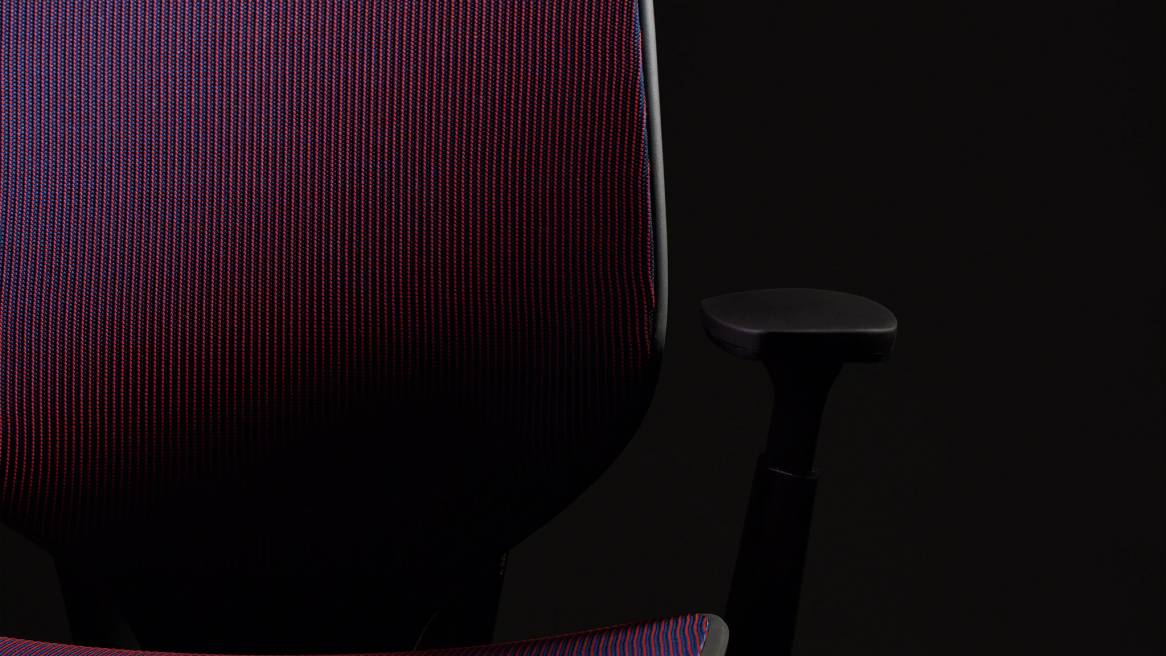Designing for the Twenty-First Century
Behind the scenes at the Steelcase seating design studio
Does the world need another chair? The first ones were believed to be created by ancient Egyptians and performed the same basic function over the centuries. Yet designers continued to apply science and art to creating chairs that were longer lasting, more comfortable or more beautiful. They sought new ways to meet the needs of people, whether sitting to eat, relax or, eventually, work.

Yes, the world needs evolved chairs, especially in the office, because the 21st century ushered in new ways of working and new expectations from people about the furniture they use to get their work done. The resources we have to make chairs are more scarce or have too big an impact on the planet to continue making them in the old ways. New technologies and materials have emerged, allowing the latest chair designs to achieve higher performance, greater comfort and more current aesthetics.
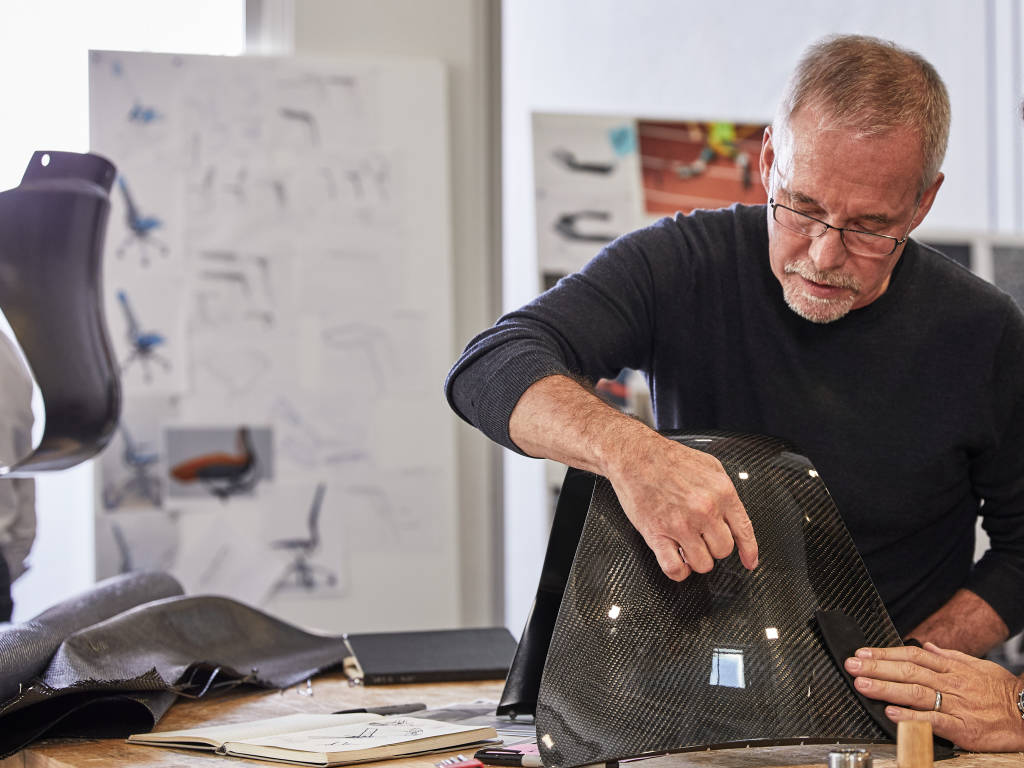

Designers from the Steelcase seating studio understand this deeply because they design chairs themselves, in-house, building on years of experimentation and studies of how the human body responds to design iterations. Bruce Smith and Mark Spoelhof are long time members of the studio with more than 50 years of combined design experience. Smith was among the leading designers on Think, the world’s first cradle-to-cradle chair and collaborated with Spoelhof on more recent introductions such as SILQ.
This approach means innovations can be extended to new seating creations – the LiveBack technology, which allows the backrest to mimic the natural movement of the spine, is used in all Steelcase high-performance task chair designs. And designs can be refined over time to responsibly use the highest performing materials and choose production methods with the smallest footprint. Steelcase Karman, the latest addition to the Steelcase office chair portfolio, reflects the accumulated learnings from decades of chair designs.
We use shape, material and geometry to put motion into the chair shell. We design for compliance, which allows the chair to respond to the body sitting in it.
Mark SpoelhofDesign Director, Global Seating
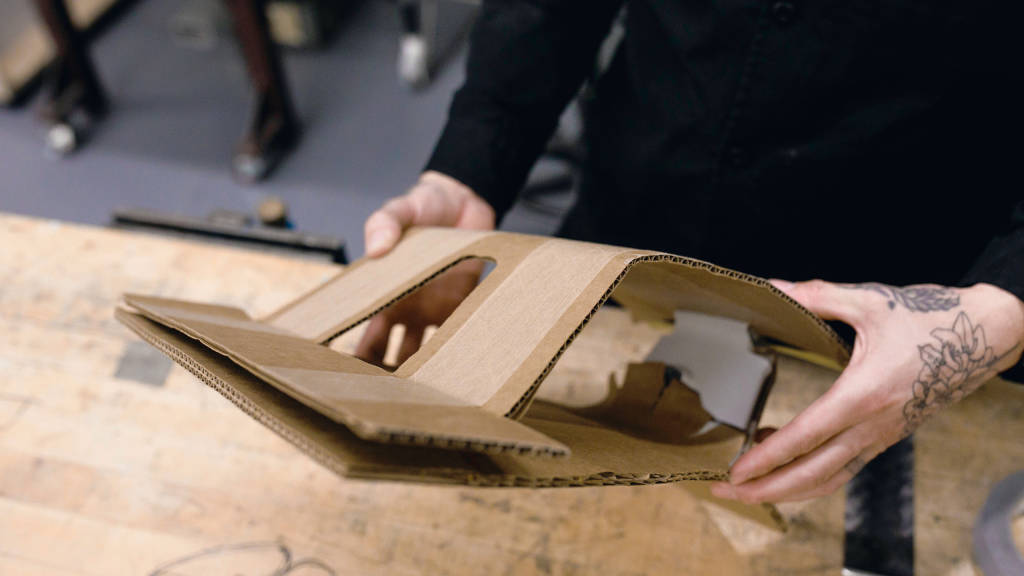
“Steelcase Karman is the evolution of everything we know about seating. There’s DNA from every single one of our chairs built into it — it didn’t start from scratch.”
Mark SpoelhofDesign Director, Global Seating
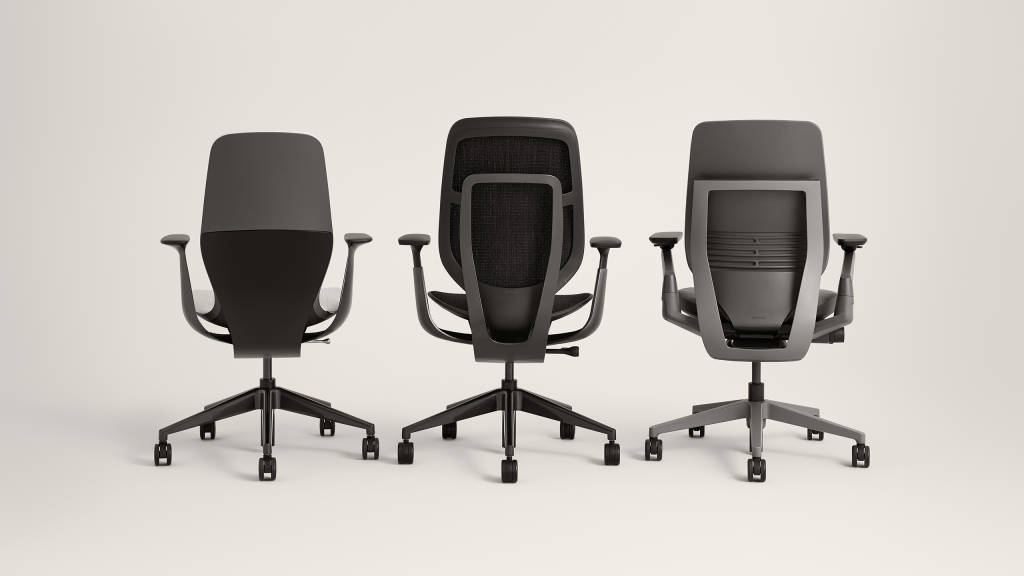
Engineers in the seating studio were mesmerized by a robot designed to mimic the movement of an insect. That biomimicry inspired the weight-activated mechanism first introduced in the Think chair, which led to SILQ’s design that responds to the movement of the human body. SILQ, in turn, influenced the design of Steelcase Karman.
Steelcase Karman’s code name during development was ‘Minima,’ reflecting the project team’s exploration of minimalism and the natural progression of technology advancements. Designed with the least amount of materials necessary, its aesthetic reflects the essential requirements of motion and materiality.
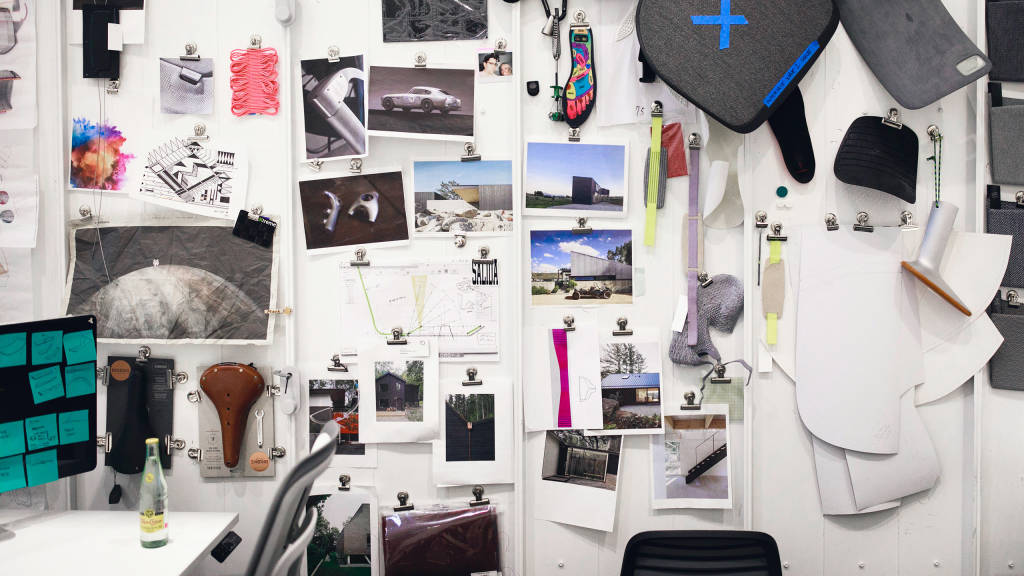
“As designers we’re constantly looking to improve things in big and small ways. In that sense, we never stop designing.”
Bruce SmithGlobal Design Director
Designing for Sustainability
Steelcase is committed to reducing our carbon footprint, designing for a circular economy and choosing and using materials responsibly. These goals translated for seating will guide designers toward:
- Lighter weight designs that use less material overall
- Intelligent recycled and recyclable material use
- Designing for disassembly
Steelcase Karman weighs only 29 pounds, uses sustainable materials and the least number of components necessary, yet it’s incredibly strong. Using minimal resources is part of the strategy to design for a circular economy and reduce our carbon footprint in an effort to minimize the impact on the planet.
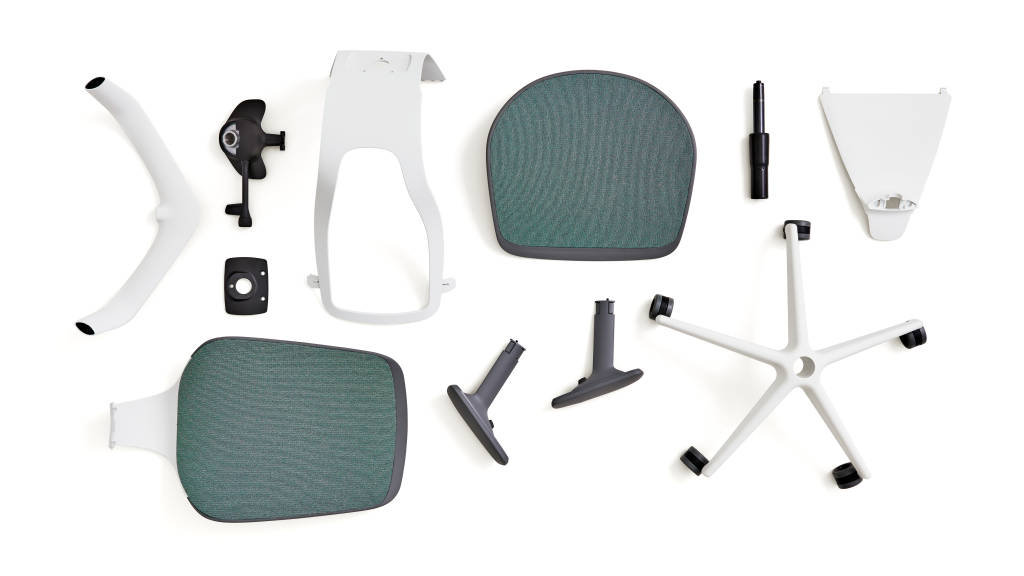
When designing, “I’m not asking one component to do one thing, I’m asking it to do three things,” says Spoelhof. “We’re pushing materiality, shape and geometry as far as we can push it. Why that’s great for sustainability is that we’re trying to use far less material to create the same affordances, so if I can create one chair for the same embodied energy as two traditional chairs, that’s a pretty good ratio.”
Learn more about Steelcase Karman’s innovative design.

